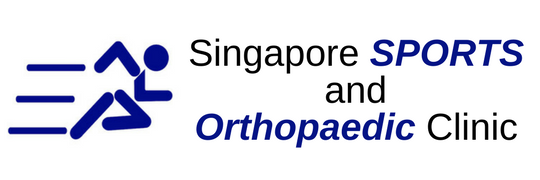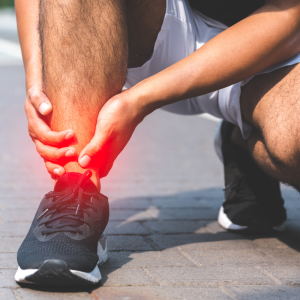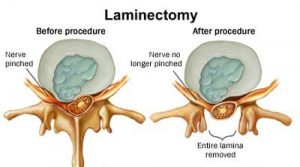Wrist arthroscopy is a minimally invasive surgical technique performed with the aim of diagnosing and treating existing problems with the wrist. You may be familiar with traditional surgery where the intended area is cut open, treated and stitched back. On the contrary, arthroscopy uses small fiber optic instruments that allows the surgeon to look inside the body and treat it with robotic arms. This will reduce the chance of infection and shorten the recovery time.
Why is it needed?
Following a wrist injury, the wrist may be unable to perform to its full ability. There may be the presence of a clicking sound when you rotate it and swelling will be present. Unlike the rest of the body, the wrist is rather small in comparison. In order to properly assess and treat it, the ligaments, cartilage and bones will need to be observed in detailed.
How is it performed?
A small high definition camera will be fixed to a tiny fiber optic tube by the surgeon. Small incisions will be made at the affected site and the camera will be inserted into the back of the wrist joint. The real time images captured will be projected onto a TV screen where the surgeon is able to see magnified pictures. Different robotic arms will also be inserted through other incisions and they will be controlled by the surgeon who will then repair the injured parts accordingly.
What happens after arthroscopy?
After the surgery, your wrist will be wrapped in a protective bandage and a splint to provided support and prevent unwanted movement. Since the incisions are tiny, they will close up on their own after some time and infection risks are significantly lowered. However, there are still certain risks involved. Despite the reduced risk of infection, 1% of the patients still suffer infection due to various reasons. Some patients also reported numbness which is due to the damage to the nerves. However, this will go away after some time.
Recovery
The next few days following the surgery, the wrist should be kept elevated in order to prevent swelling and blood clot formation. The surgery site should also be kept clean and dry to prevent any infection. Ice may be used to bring down the swelling. Recovery time will differ among patients and one way to shorten it is through the aid of physical therapy sessions. Your doctor will prescribe you simple exercises that can be performed at home in order to help regain the full range of motion and flexibility.








